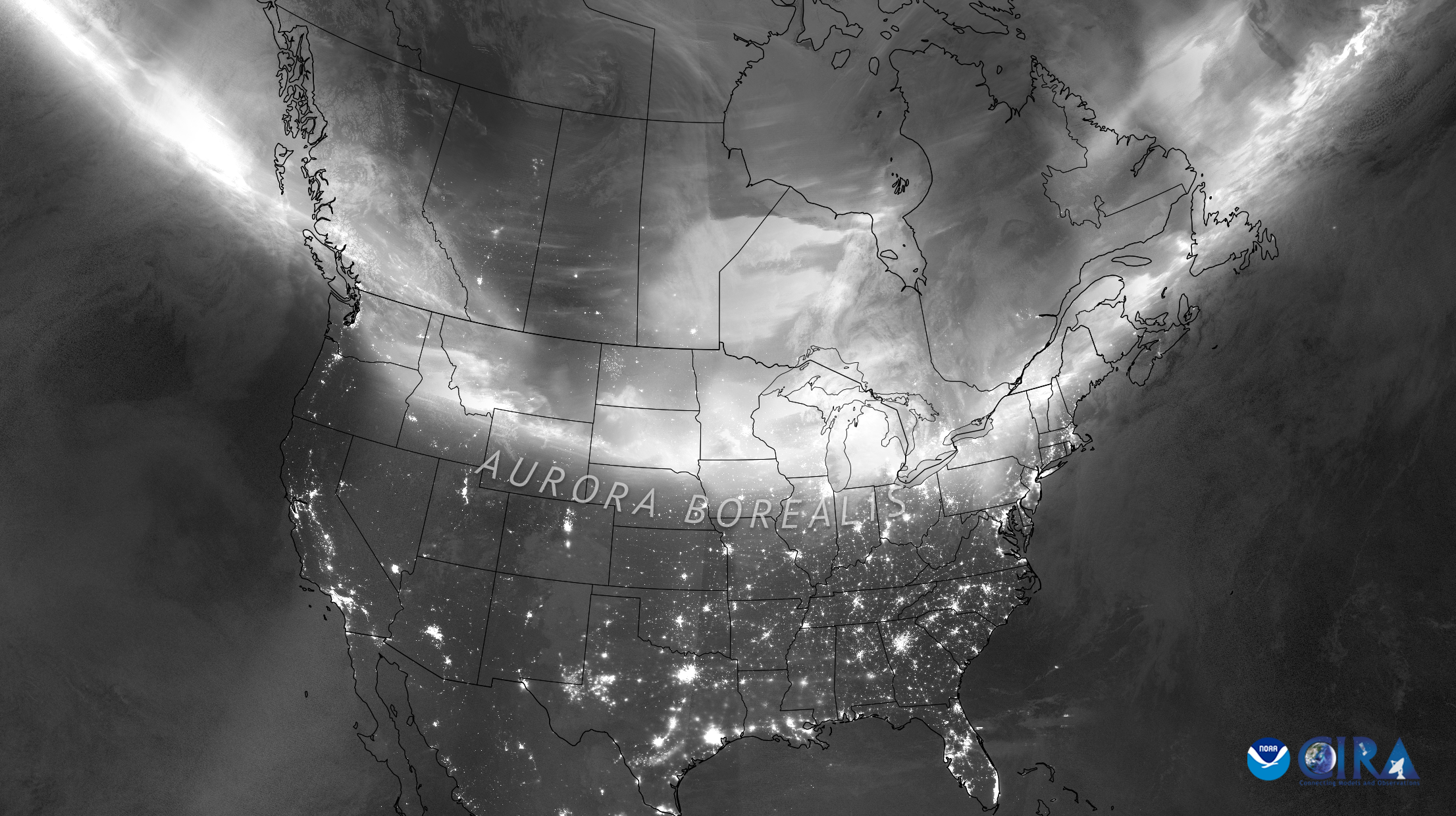California Department of Water Resources (DWR) data shows that many of the state's major reservoirs experienced an increase in water levels after three back-to-back storms soaked the state over the past 10 days.
The state has faced an abnormally wet winter as moisture-laden storms and atmospheric rivers dumped a deluge of rain and snow beginning in January. The three back-to-back storms recently brought heavy rain and snow across the state, supplementing many of the state's reservoirs.
The first storm began on March 22, with heavy snow and rain in the northern half of the state. A second storm started March 26, followed by the third and final in the back-to-back storms that hit the state the next weekend, bringing widespread heavy rain.

The influx of precipitation not only boosted California's snowpack levels. It also supplemented many of the state's major reservoirs, according to an interactive DWR chart. The chart shows that the following reservoirs experienced an increase in water levels since the storms hit: Shasta, Oroville, New Bullards Bar, Folsom, Camanche, Trinity, New Melones, Casitas, Castaic, McClure, Millerton and Pine Flat.
The California lakes with the greatest increase are Folsom Lake in Folsom and Millerton Lake in Friant, which both experienced a 6 percent rise in their water levels. Folsom Lake went from 66 percent capacity to 72 percent, which is 115 percent of its historical average. Millerton Lake went from 72 percent capacity to 78 percent, which is 114 percent of its historical average.
Lake Shasta also experienced a significant increase, jumping from 87 percent capacity to 92 percent, which is 116 percent of its historical average.
Newsweek reached out to the DWR by email for comment.
Don Pedro Lake and Lake Sonoma experienced no increase from the storms. Diamond Valley Lake and Lake Cachuma experienced a slight decrease in water levels. Diamond Valley fell from 91 percent full before the storms to 90 percent full after them, although that is still 120 percent of its historical average.
Lake Cachuma went from 102 percent full to 100 percent full. That was because the U.S. Bureau of Reclamation released water from the lake ahead of the storms.
"We're making room in Lake Cachuma for forecasted inflows. Precautionary spillway releases totaling 1280 cfs from Bradbury Dam into the Santa Ynez River have begun," the Bureau of Reclamation for the California Great Basin region posted on X (formerly Twitter) last week.
🧵(1 of 2) We’re making room in Lake Cachuma for forecasted inflows. Precautionary spillway releases totaling 1280 cfs from Bradbury Dam into the Santa Ynez River have begun.
— Bureau of Reclamation - California-Great Basin (@ReclamationCGB) March 28, 2024
The improved water condition is welcome news for the state, as California has battled years of drought that severely depleted its lakes and reservoirs, bringing many of them to concerningly low levels in 2022. For example, Lake Shasta is at 1,051 feet, more than 110 feet higher than its levels at this time in 2022.
The reservoirs are in such an improved state that water officials have had to release billions of gallons of water from several reservoirs in an effort to prevent flooding downstream as more rain arrived.
Uncommon Knowledge
Newsweek is committed to challenging conventional wisdom and finding connections in the search for common ground.
Newsweek is committed to challenging conventional wisdom and finding connections in the search for common ground.
About the writer
Anna Skinner is a Newsweek senior reporter based in Indianapolis. Her focus is reporting on the climate, environment and weather ... Read more
To read how Newsweek uses AI as a newsroom tool, Click here.





